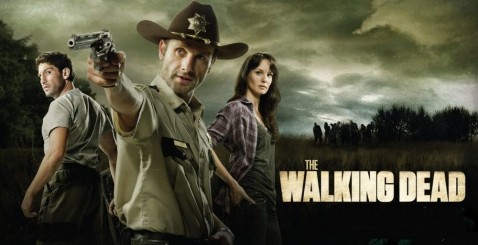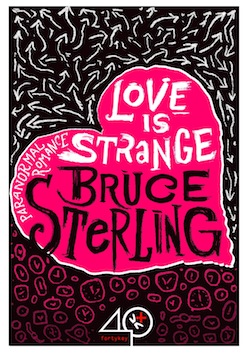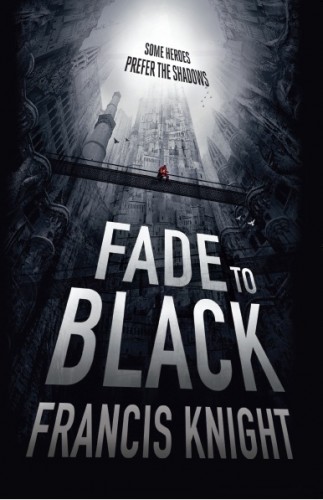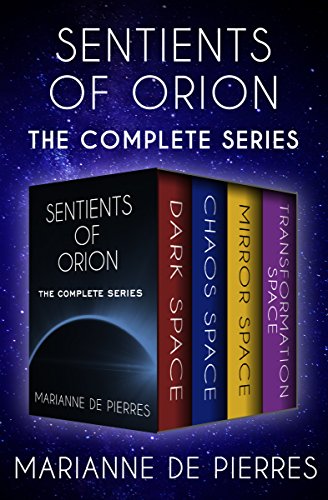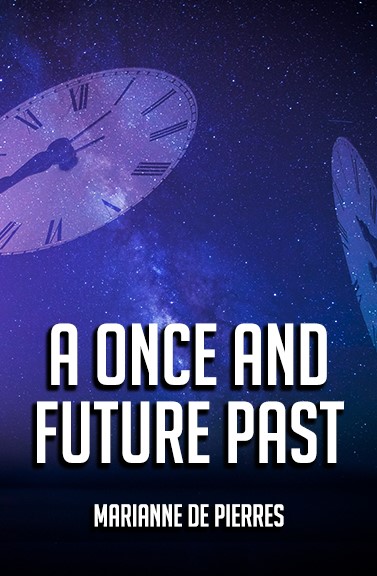If you have a TV, or just go to shops that sell DVDs, you have probably heard about The Walking Dead (which I’m going to shorten to TWD from now on), the AMC TV series that is an adaptation of the comic books of the same name.
Please be advised that the series contains mature content that is not suitable for people under 16. Its content is extremely graphic in both TV and comic books. There will also be spoilers to both TV and the comic books, so if you haven’t watched/read either, follow my advice: read the comics first. They’re far better than the TV adaptation.
So, let’s start on why I decided to watch the show: I love zombies. I’ve been a fan of the Resident Evil games since I was young (and they scared the crap out of me back then). Also, the series was greatly publicized in my college (Instituto Superior Técnico, in case you don’t know)—and when I say it was greatly publicized, I mean it was greatly publicized. I’d never seen a TV series being so advertised in Portugal—I mean even our lunch trays had TWD paper protections. So a mainstream TV series with zombies? How could I not watch it?
The start was pretty interesting—the main character, Rick, gets shot and when he wakes up, he’s in a deserted hospital and the zombie apocalypse has already ravaged everything around him. He does not know if his wife and kid are still alive. He doesn’t know where to go. He finds a group of survivors and after some trouble, they lead him back to camp where he finds his wife (who, by the way, thought he was dead and was having an affair with his best friend, Shane) and son. The premise is simple: survive. But what makes The Walking Dead so much better than other zombie-apocalypse works is how truly tragic and realistic everything is.
Characters in TWD don’t really suffer from the “Oh no, my sister is a zombie! I cannot kill her!” syndrome. They do what they have to do. In the first two seasons, the TV series mainly followed the comic book storyline. However, the more the TV version progresses, the further it gets from its source material. Which is, in my honest opinion, a disappointment.
The casting is mostly spot-on. That’s where I can hardly fault the people behind the TV adaptation. Same for the characterization and environments. Zombies really do look like zombies, not some watered down version of such creatures.
There’s also a character in the TV version that is not in the comic books (Daryl) and he’s actually my favorite character on 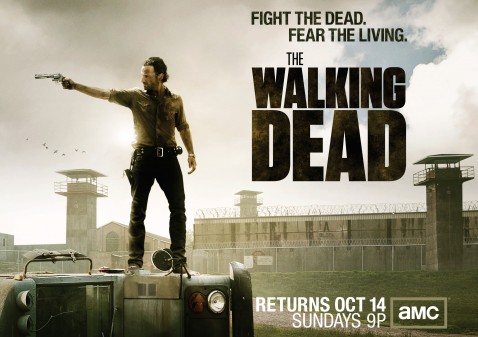 the show. He’s a great addition and Norman Reedus plays him perfectly, walking a thin line between selfish bad-ass and likeable anti-hero. The writing is mostly solid and believable, as well as everyone’s performances.
the show. He’s a great addition and Norman Reedus plays him perfectly, walking a thin line between selfish bad-ass and likeable anti-hero. The writing is mostly solid and believable, as well as everyone’s performances.
Now is where I rage about on how they’re not doing the source material justice. I knew some things were way too hardcore to show on TV, but with such violent shows out there, I thought they would maybe still do them. They didn’t and it really, really saddens me.
In its comic book form, TWD is really not about zombies, but about the cruel things people are capable of once they’re threatened. It’s about how people can really become monsters that are worse than walking corpses who feast on living flesh.
They have also, IMO, changed certain characters. While I cannot fault the casting of Danai Gurira, the writing they gave her pretty much made Michonne, who is an amazing, strong character, seem like an overly-suspicious woman who has little reason to be that way. Andrea, also one of my favorite characters in the comic, is constantly making poor decisions in the TV show, and attaching herself to the first alpha male she sees. Even Lori, Rick’s wife, is somehow worse on TV—and that’s saying a lot, since I hated her in the source material. Certain things the characters do on TV don’t make much sense because they’ve decided to cut crucial aspects for TV.
For instance, Shane’s death is much better in the comic. Same for Lori’s. In the books, Shane is killed by Carl. Lori is killed by the Governor when he attacks the prison, along with her baby daughter. Michonne has a much more valid reason to hate the Governor and an even greater reason to confront him before running. These things have much more impact in their original form than they did in the adaptation.
Still, TWD is a good TV series.
My recommendation is: if you like raw, graphic, ruthless depictions of a zombie apocalypse and an in-depth look at a man’s true nature and what a person does to survive, read the comics. If you just want an hour a week of zombies and don’t mind the slightly softer version of things, watch the TV series.








